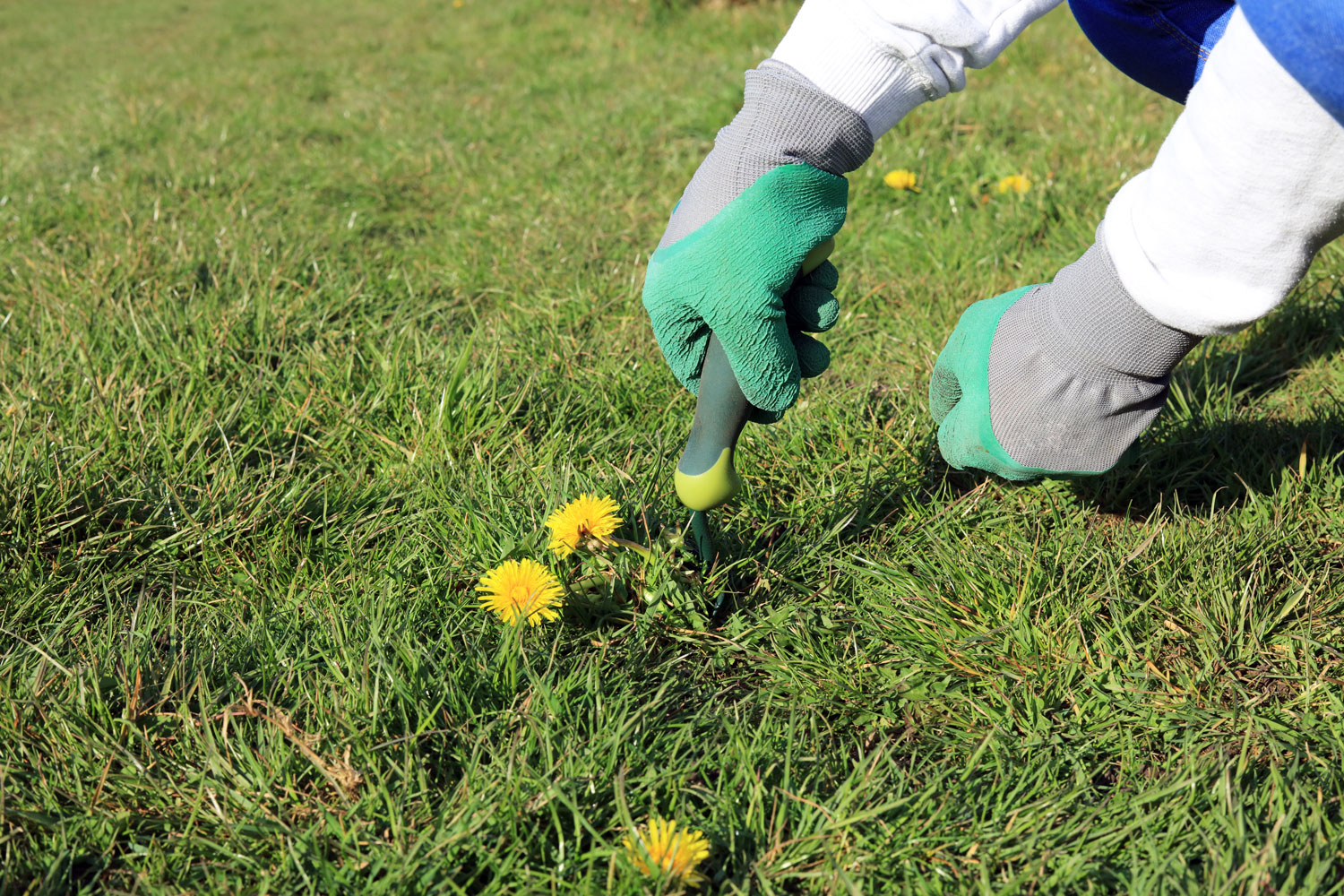
Every gardener knows the frustration of watching unwanted weeds spring up just as your flowers start to bloom or your vegetables begin to thrive. These relentless invaders steal nutrients, water, and sunlight, leaving your plants to compete for survival. But take heart—achieving a pristine, weed-free garden is not only possible, it’s surprisingly manageable with the right strategies. Here’s your step-by-step guide to getting rid of weeds and keeping your garden in top shape.
Why Weed Control Matters
Weeds aren’t just unsightly. They pose a real threat to the health of your garden. Their roots compete with your plants for vital resources, and some even release chemicals that inhibit the growth of surrounding vegetation—a phenomenon known as allelopathy. On top of that, weeds can harbor pests and diseases that could spread to your desired plants. Effective weed control not only improves the appearance of your garden but also supports stronger, healthier plant growth.
Step 1: Know Your Enemy
Not all weeds are created equal. Understanding what you’re dealing with is key to effective removal. The three main types are:
- Annual weeds like crabgrass and chickweed, which sprout, flower, and die in one season. These are relatively easy to manage with timely intervention.
- Biennial weeds such as mullein grow leaves the first year and flower the second.
- Perennial weeds like dandelions and bindweed are the toughest. They return year after year unless you eliminate their entire root systems.
Identifying which types you have will determine the best course of action for removal and prevention.
Step 2: Remove Existing Weeds
Start by removing any visible weeds. For small gardens or areas with minimal invasion, hand-pulling can be effective—just make sure to get the roots, especially with perennials. Use tools like a dandelion digger or hoe to help loosen soil and remove deep-rooted varieties.
For larger infestations, you might need to till the soil or use a flame weeder (a tool that briefly applies intense heat to kill weeds). However, tilling can also bring buried weed seeds to the surface, so use it sparingly and wisely.
Step 3: Mulch for Defense
Once you’ve cleared your garden of weeds, the next step is preventing their return—and that’s where mulch comes in. Applying a thick layer of mulch helps smother weed growth by blocking sunlight and also enriches the soil as it naturally decomposes. Organic options like shredded bark, straw, or compost are great choices, but if you’re in Salt Lake City, black landscape mulch is a particularly popular and effective solution. Not only does it offer excellent weed suppression, but it also gives your garden beds a polished, professional look.
Spread the mulch about 2 to 4 inches deep, making sure to keep it a few inches away from plant stems to avoid moisture-related issues like rot. For even greater weed control, consider laying a layer of newspaper or biodegradable weed barrier fabric underneath before mulching. This simple step goes a long way in maintaining a clean, healthy, and low-maintenance garden.
Step 4: Maintain Proper Spacing
Overcrowded plants can make it harder to weed, while wide open spaces encourage weed growth. Aim for optimal spacing—dense enough to shade out weeds but with enough airflow to prevent plant disease. Proper planning and layout are key to maintaining a healthy balance.
Step 5: Water Smart
Weeds thrive in moist, open areas. Instead of watering your entire garden bed, try drip irrigation or soaker hoses that deliver moisture directly to your plants. This method deprives weeds of the water they need while nourishing your crops or flowers efficiently.
Step 6: Don’t Let Weeds Go to Seed
Weeds are quick to reproduce—some produce thousands of seeds that can lie dormant for years. If you can’t pull weeds right away, at least cut off the tops before they flower or seed. This simple act dramatically reduces the chances of future outbreaks.
Step 7: Stay Vigilant
Weed control is an ongoing process. Make it a habit to walk through your garden weekly to check for new growth. Catching weeds early, when they’re small and weak, makes removal faster and easier.
Set up a seasonal maintenance plan:
- Spring: Remove winter survivors and apply mulch.
- Summer: Monitor for invasive fast growers and water wisely.
- Fall: Pull up any stragglers and prep beds for winter.
Natural Weed Control Alternatives
If you’re looking for chemical-free solutions, try these:
- Boiling water: Kills weeds in driveways or sidewalk cracks.
- Vinegar spray: Works best on young weeds but should be used with care—it can harm desirable plants.
- Corn gluten meal: A natural pre-emergent that can help prevent weed seed germination.
Final Thoughts
Weed control doesn’t have to feel like a losing battle. With consistent care, smart prevention, and a little elbow grease, your garden can thrive weed-free all season long. Think of weed management not as a chore, but as a vital part of nurturing the garden you’ve worked so hard to create.
So roll up your sleeves and declare victory over those pesky invaders. A lush, clean, and vibrant garden awaits. Weeds be gone—for good!